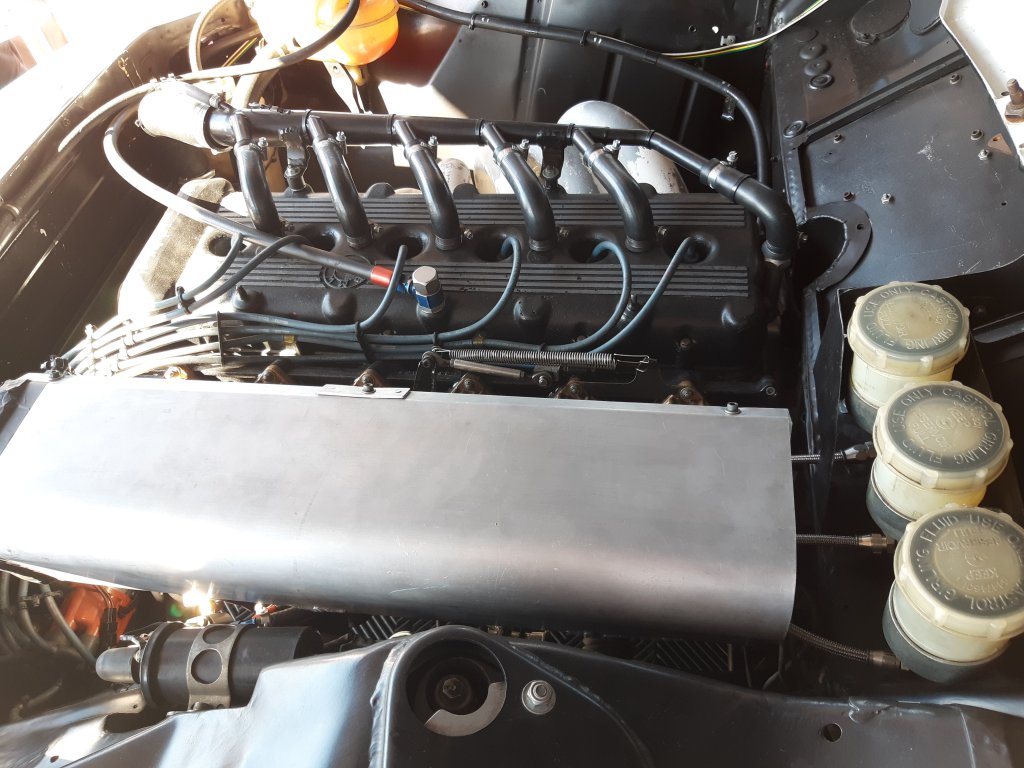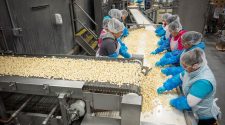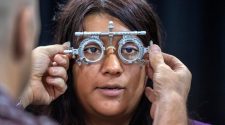First, it was Beta and VHS tapes and now its DVDs and Blu-ray discs that have almost become irrelevant.
In the same vein, what will the rise of technology and its advancements mean for classic cars in the future – the craftsmanship of their parts and the historical knowledge behind their creation?
“Most of the people in their 20s, 30s or 40s – the history of these cars is meaningless,” said Tony Singer of VintageAutoPosters.com. “If it’s someone buying the latest, greatest Ferrari, as a general statement ‘they don’t care.’”
Singer, who has been collecting sports cars and related memorabilia for many years, said that the loss of generations that know and understand the history behind certain classic cars is also changing the marketplace for collectibles.
“Many vintage autos are already incredibly hard to find,” said Les Ellis, a Peninsula local who worked for Ford Motors for more than 30 years.
Singer also noted his concern that events like Pebble Beach’s Concours d’Elegance, which celebrates the best in classic cars, could lose some of its relevancy.
“While it may not come to pass in 25 years I’d say 50 years is quite accurate,” said Singer about that possibility. “But it will take more than a generation for the craft to be lost.”
Long-time car aficionado Christine Reed worries too. The Scottsdale, Arizona resident who was exposed to cars through her father was an attendee at this year’s McCall’s Motorworks Revival where she sat in a showcased Pierce Ace Auto.
“I do worry very much about really important restoration knowledge being lost,” said Reed.
“That’s one of the largest concerns in most automobile circles and clubs,” said Brian Martin, director of automotive restoration projects for McPherson College, a liberal arts college in McPherson, Kansas with the only four-year program offering a bachelor’s degree in automotive restoration in the nation. “It’s who is going to take care of the cars, who is going to buy the cars and care about them in the future?”
That’s why, according to Martin, McPherson’s program focuses on a comprehensive set of skills needed to authentically restore antique vehicles from paint and woodworking to metal fabricating and upholstery restoration.
Singer credits the program with its attention to conservation, preservation and restoration of classic cars.
“And so we’re doing our part to help get young people enthused and excited about vintage and collector vehicles and build the skills to restore them back to their original state and provide a good career for them,” said Martin.
Because of that philosophy, according to Pebble Beach Concours Chairman Sandra Button, the Concours (along with charity partner Pebble Beach Company Foundation) is providing four scholarships to students in the restoration program at McPherson.
“There is a very real need for automotive restorers who will be able to create and care for these great cars long into the future,” said Button. “To this end, working with Pebble Beach Company Foundation, we’ve created the Phil Hill Scholarships and the Jules ‘J.’ & Sally Heumann Scholarships to help train the restorers of tomorrow.” The organization is also pairing with the Academy of Art University in San Francisco to offer scholarships to promising new designers.
“These are the students who will lead us into our automotive future while preserving and caring for our automotive past,” she added.
Many, including McPherson’s Martin, acknowledge the role of technology – 3D printing specifically – as helpful when it comes to the creation of car parts that might be hard to find and make in the future.
“3D technology is pretty fantastic and it will play a bigger and bigger role in restoration because it allows us to capture information very readily,” said Martin. “You can scan entire cars, parts and then it can be reproduced.”
“3-D printing has been a God-send to the classic car hobby,” added Ellis. “It’s one technology that’s working for us.” Ellis cited race cars like the ones owned by Jay Leno that often have re-built parts anyway.
“Most are re-built at some point,” he said.
Still, others like Singer and Reed note the limitations of 3D printing.
“You’re not going to re-build a Ferrari or Bugatti with 3D technology,” said Singer. “Every manufacturer has their own approach to metalling.”
“It’s too slow and can’t be used for economical production,” noted Reed.
Martin, however, said the technology has also allowed the individual car enthusiast to design his or her parts.
“At this point, parts can be individually designed and then emailed to companies that can manufacture them or 3D print them,” said Martin, noting the decrease in the cost of expensive computer programs that allow this design. Examples include engine parts, brake parts and knobs for automobile dashes.
“Then it comes down to the question of authenticity,” noted Martin.
“Whereas a vintage Ferrari was built by hand by a gentleman using a big hammer and tree stump, people want it restored the same way it was built and you can’t have a machine replicate some of that,” said Martin. “It varies from car to car and owner to owner on what’s best for their situation.”
That’s why, said Rebecca Nuguyen, 29, a digital content specialist for the website ClassicCars.com, the judging style and qualifications for classic car shows of the future may change and adjust.
“With the advancements of 3D tech, I don’t think it’s going to be an issue concerning the parts to restore these cars,” said Nuguyen. “What will change is what qualifies for the show.”
But in terms of technology eventually affecting classic automobiles to the point where they can no longer authentically be restored or shown in prestigious car events like the Concours d’Elegance, Martin said he’s not worried.
“I personally don’t have any fear the Concours or the collector car hobby industry will go away,” said Martin. “There will always be people that love them and want to share them with other people.”


















